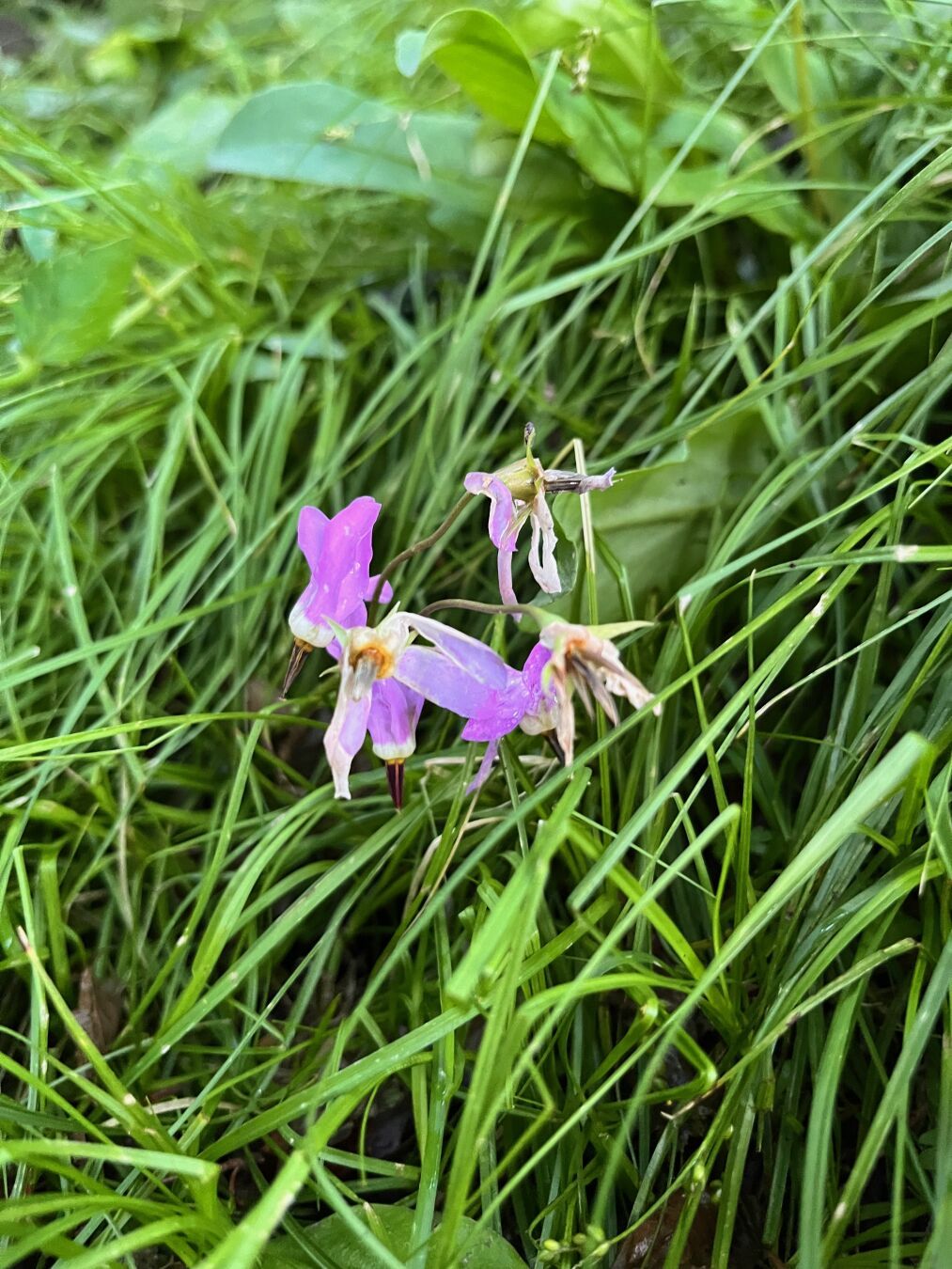Event JSON
{
"id": "bd5e3ca7da79cc1ce42e2a24c7f08e0729ba75528da51138962e043915d8ad6a",
"pubkey": "9510ea3d542a80371f0ffe86f49b974cbe8e6b5fbe3fd2707ee021808ccb2627",
"created_at": 1719333073,
"kind": 1,
"tags": [
[
"proxy",
"https://social.photo/p/ForestOrca/711254443127327481",
"web"
],
[
"imeta",
"url https://f005.backblazeb2.com/file/cdn-social-photo/public/m/_v2/647135917700327086/530d83cd3-f15549/8rtDbZHtT1ow/f4ehKrGJMTrnB4ZHzORQQbSw8GFeSFaSkuH8UUSY.jpg",
"m image/jpeg"
],
[
"t",
"flowerpics"
],
[
"proxy",
"https://social.photo/p/ForestOrca/711254443127327481",
"activitypub"
],
[
"L",
"pink.momostr"
],
[
"l",
"pink.momostr.activitypub:https://social.photo/p/ForestOrca/711254443127327481",
"pink.momostr"
],
[
"expiration",
"1721925076"
]
],
"content": "Bee Orchid - Ophrys apifera, known in Europe as the bee orchid, is a perennial herbaceous plant of the genus Ophrys, in the family of Orchidaceae. It serves as an example of sexually deceptive pollination and floral mimicry, a highly selective and highly evolved plant–pollinator relationship. #flowerpics\nhttps://f005.backblazeb2.com/file/cdn-social-photo/public/m/_v2/647135917700327086/530d83cd3-f15549/8rtDbZHtT1ow/f4ehKrGJMTrnB4ZHzORQQbSw8GFeSFaSkuH8UUSY.jpg\n",
"sig": "c12923d9a50a5cb365d2723a617cde7c2c55d4633bd4796cf2c7c6b98cfbf7bc2d206db247d7d8e7c3d37d49e1f90c889a71f31136d89e933556a45d90aba856"
}


